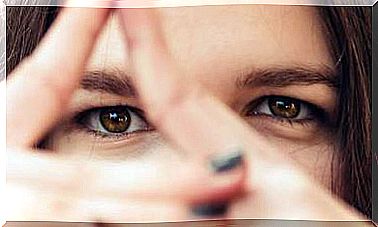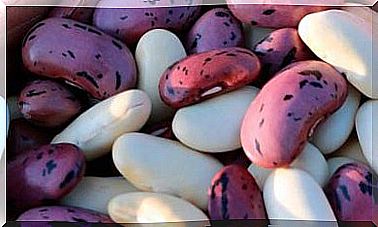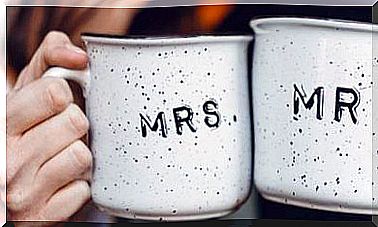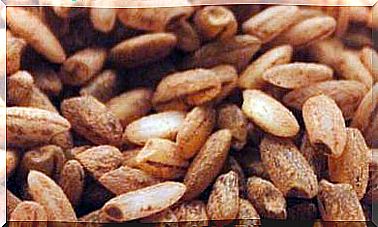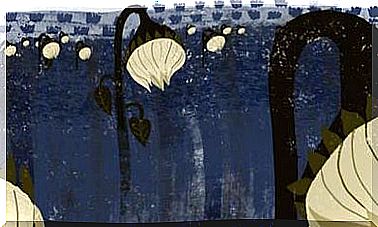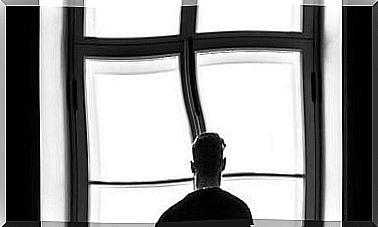Problems That You Can Treat With Medicinal Clay
The therapeutic or medicinal clay is applied specifically to treat problems such as dermatitis, low back pain or headache.
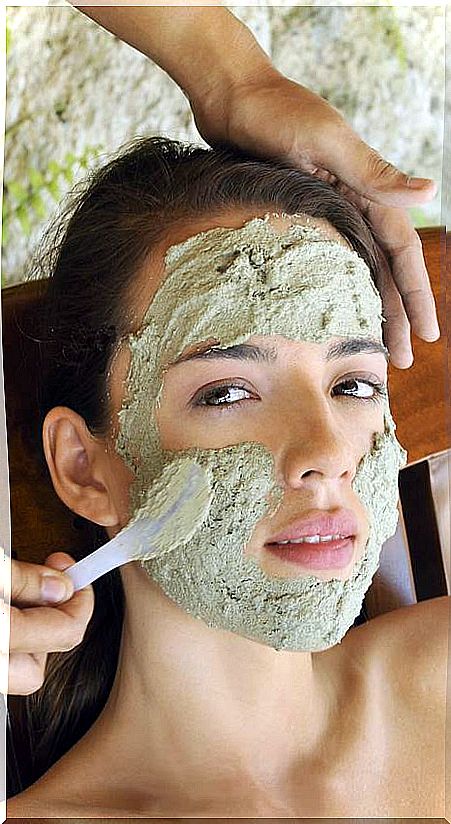
The application of clay to treat certain health problems has a thousand-year history. Naturopathic medicine maintains this effective and simple practice that anyone can do at home.
You will find the clay in herbal shops. Work on a container made of clay, ceramic, wood or glass, not metal or plastic.
Add pure water and let it rest; if it’s too light, add more clay powder. The paste should be consistent but moldable, so that it can be easily made into a ball.
You can prepare for several days and put it in the sun and in the air, but covering it to protect it from impurities. The application temperature can be hot or cold.
Health problems that you can treat with therapeutic clay
- Asthma and bronchitis: apply the hot clay (it does not have to bother) and not very thick on the chest.
- Lumbar pain, back pain and kidney colic: prepare it thick and hot, and spread it widely over the painful area. Separate the application from the meals at least 15 minutes.
- Bloating, flatulence and liver problems: thick, at room temperature. Spread it generously on your stomach. Do not apply it after eating.
- Headache: close your eyes and cover your ears before putting a poultice on the back of your neck or forehead. On the nape it is also useful for insomnia.
To treat skin conditions with clay, you can read Diana Burillo’s article: 7 uses of white clay that you did not know.
How is the clay applied?
There are different ways to use medicinal clay.
- Poultices: with a wooden spatula or by hand, spread the clay on a piece of cotton or thread cloth (it can be a handkerchief, a napkin …) until it reaches a thickness of between 5 mm and 2 cm. Apply it on the skin of the affected area. Where there are hairs or wounds you can put a gauze between the skin and the clay, which will help to remove it. Then fix it with a bandage or cover it with wool or flannel.
- Compresses: prepare a clear clayey water, dip a cloth in it, drain a little and apply on the skin, directly or by inserting a gauze. Cover the area with a wool or flannel cloth.
- Wraps: Follow the same procedure: moisten the wrap, wring it out, and put it in contact with the arm, leg, trunk, or entire body. Bundle up and get into bed during the application.
- Masks: you can mix it with fruit juice, brewer’s yeast, etc. and apply it in case of dermatological problems such as acne or oily skin.
- Dusted: apply the powdered clay on chafing, irritation, ulcers, wet eczema, in massage or for friction.
How are clay poultices used?
The applications can last between an hour (if it is hot, until the heat is lost), and three or four hours, even eight hours, that is to say overnight.
- In abscesses and purulent eruptions, it is applied every half hour or hour, for as long as necessary.
- In trauma, it is left between 1 hour and 3 hours, and it is repeated.
- In large applications, between 2 and 4 hours, once a day.
- Treatment can last from days to months.
What do I do if there is a reaction?
If when applying the clay on the skin you have an uncomfortable or unpleasant reaction, remove it immediately.
Where do I throw it once used?
Once used, throw away the clay, do not reuse it, as it contains body toxins. It is important that you remove it well and throw it in the organic garbage. Do not take it off directly in the shower or the sink, as it can cover them.
